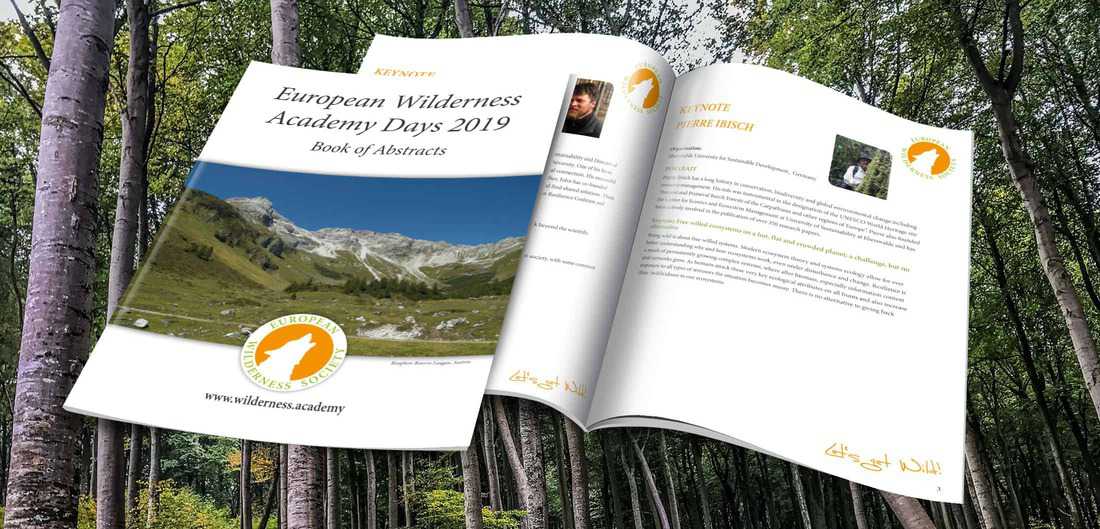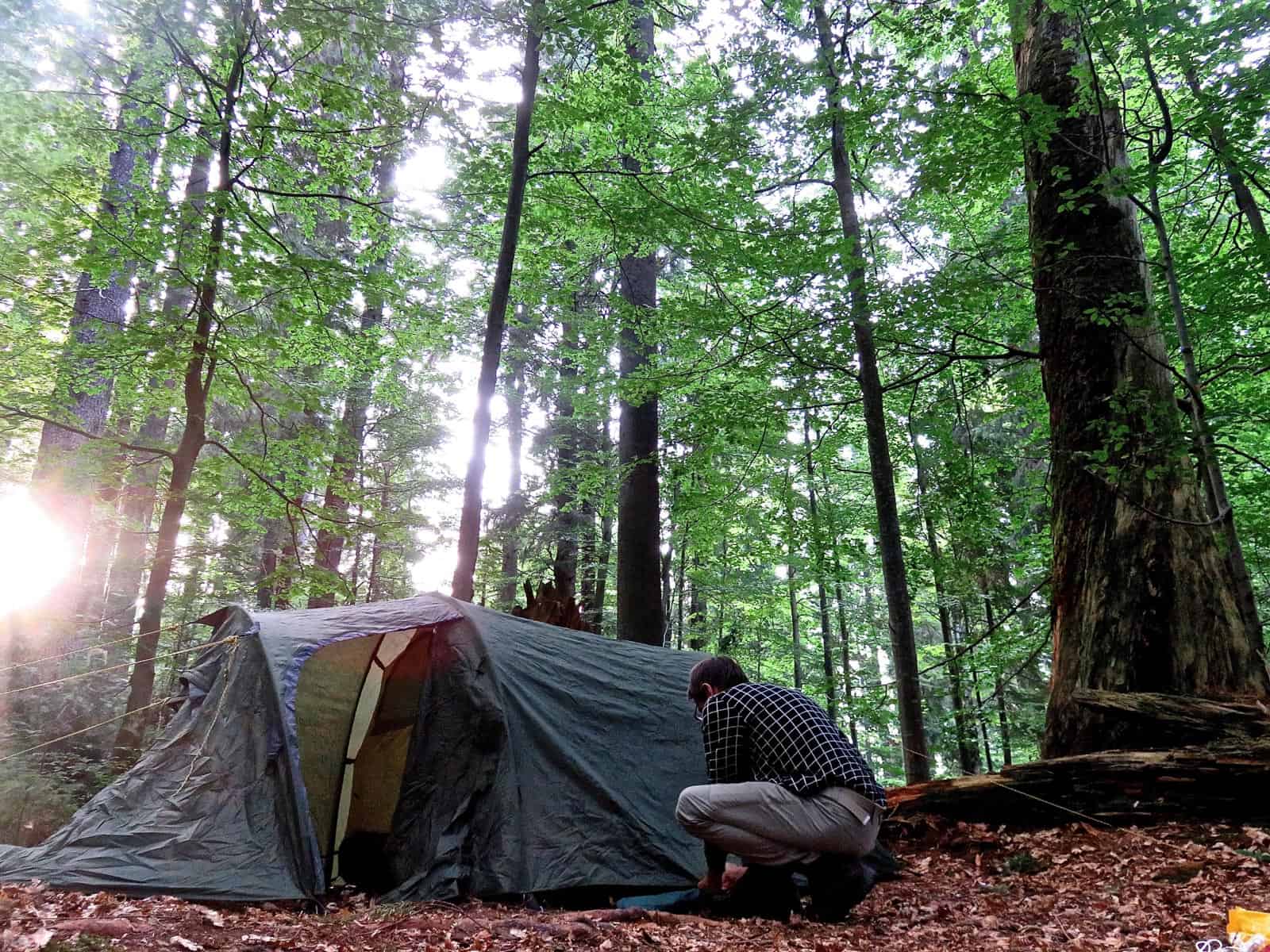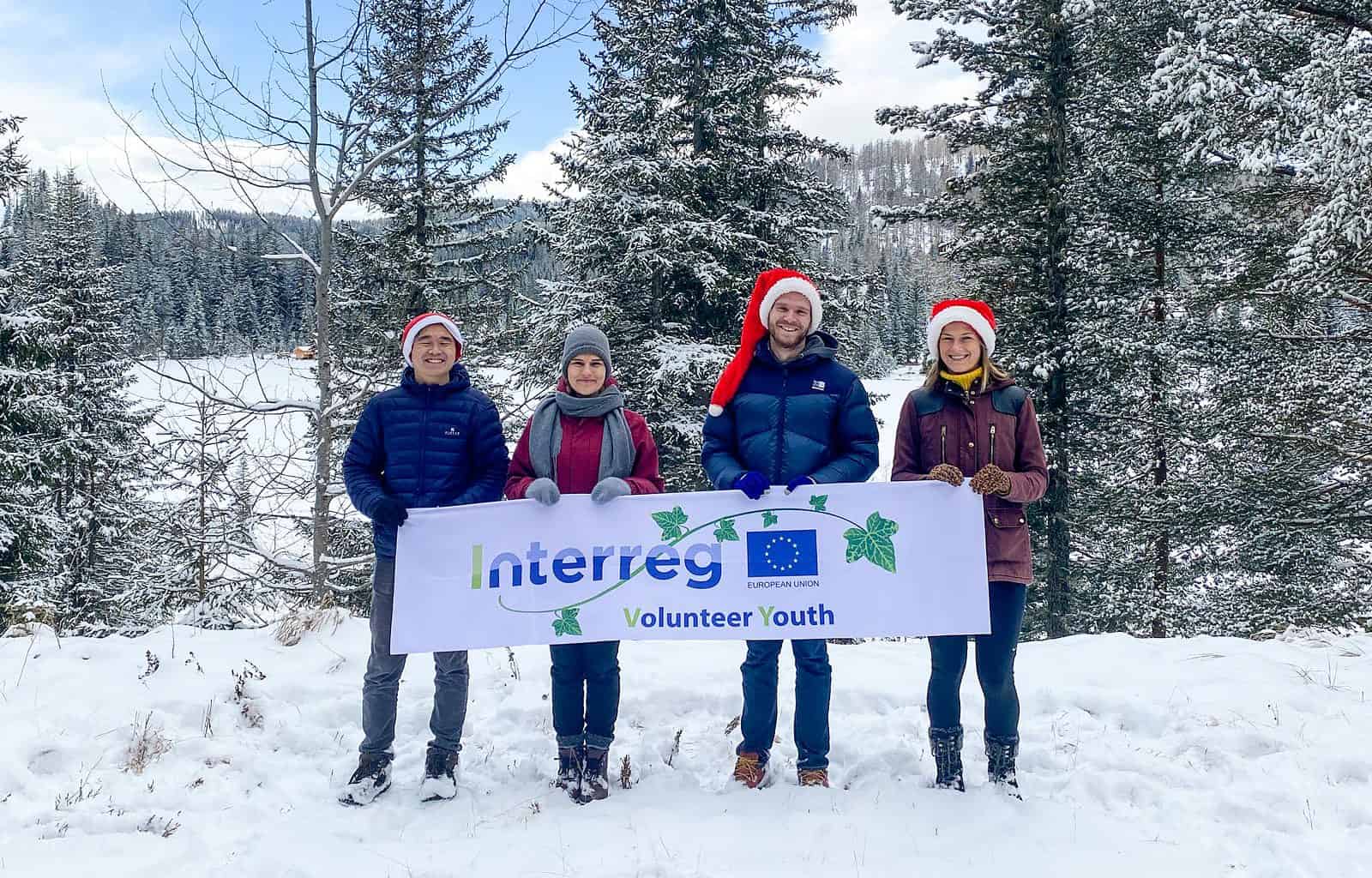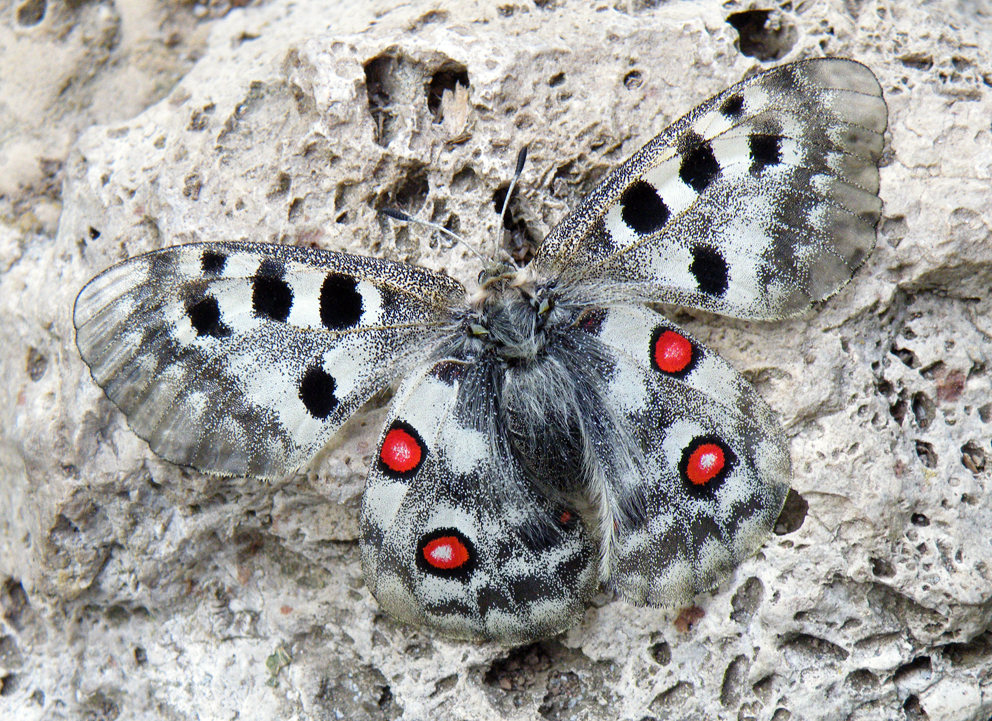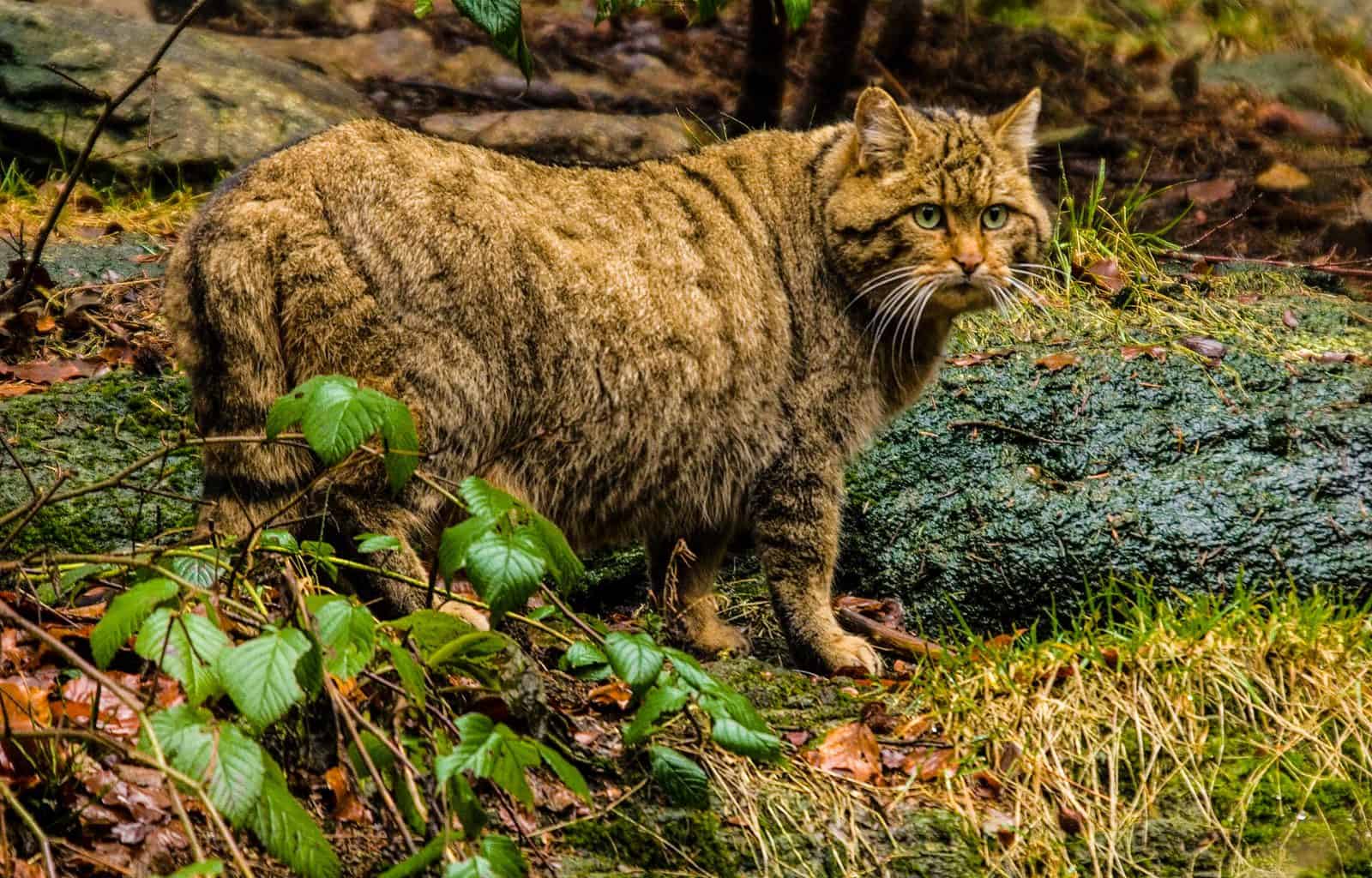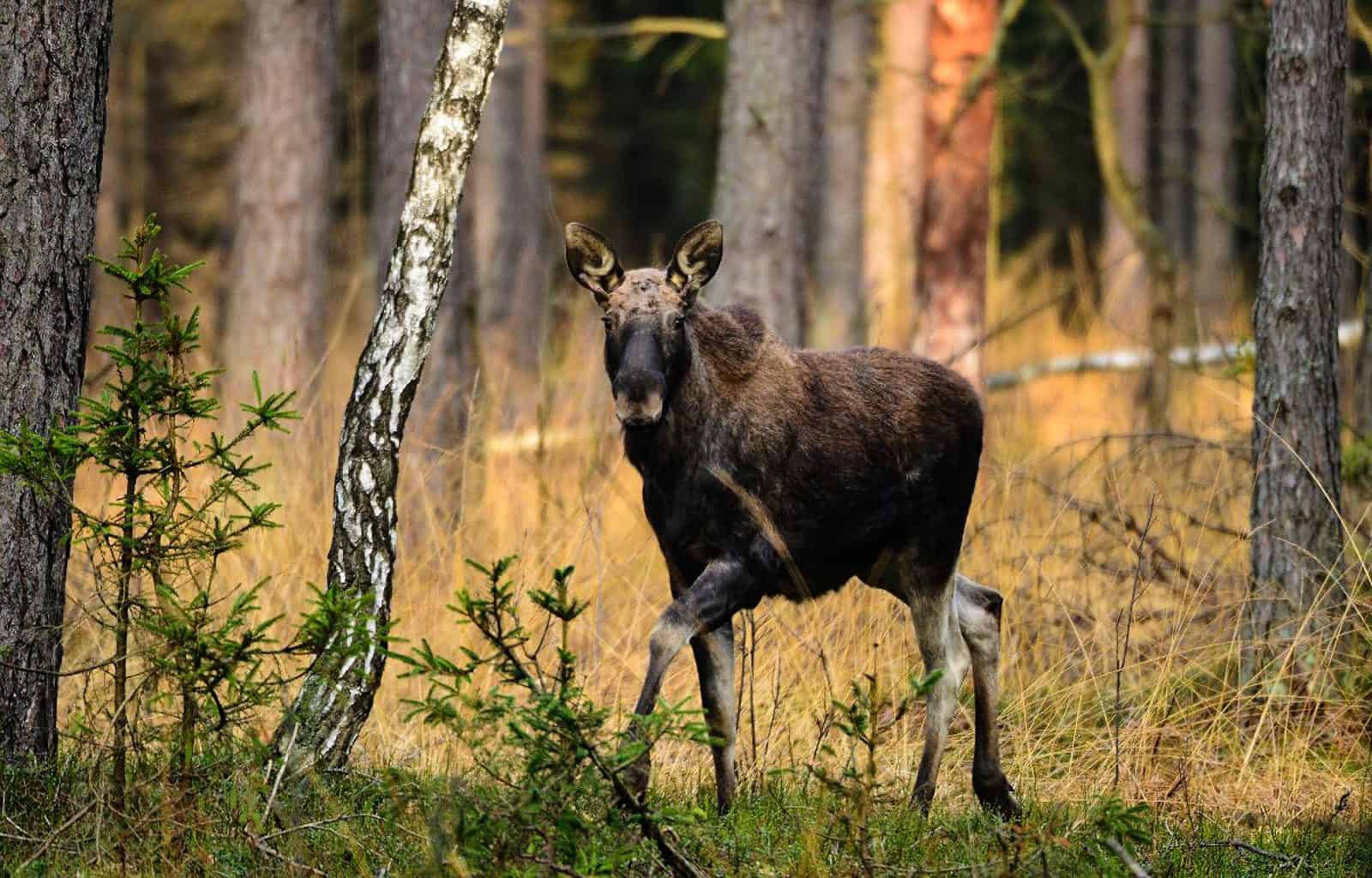The first glacier funeral
Iceland’s first glacier fell victim to climate overheating. Activists and scientists gathered on Sunday to say goodbye to the nation’s first glacier. According to scientists, all of Iceland’s 400-plus glaciers are likely to disappear by 2200.
Please also read: How Greenland already lost 2 billion tons of ice in one day
Iceland’s glaciers
The Icelandic glaciers and ice caps of cover 11% of the total area of the country. Climate change is impacting Iceland’s glaciers, therefore its landscape and meteorology in a terrifying pace. The iconic Okjökull glacier in West Iceland, has lost its glacier status in 2014 and is now simply “Ok”, being stripped of its suffix “jökull”, the Icelandic word for glacier, according to The Associated Press. A stict criteria for glaciers is that they need to be thick enough to sink and move under their own weight. Okjökull is the first Icelandic glacier that doesn’t have enough snow and ice to do that, therefore losing its title. The gradual disappearance is visible from the NASA Earth Observatory images.
We made the decision that this was no longer a living glacier, it was only dead ice, it was not moving.

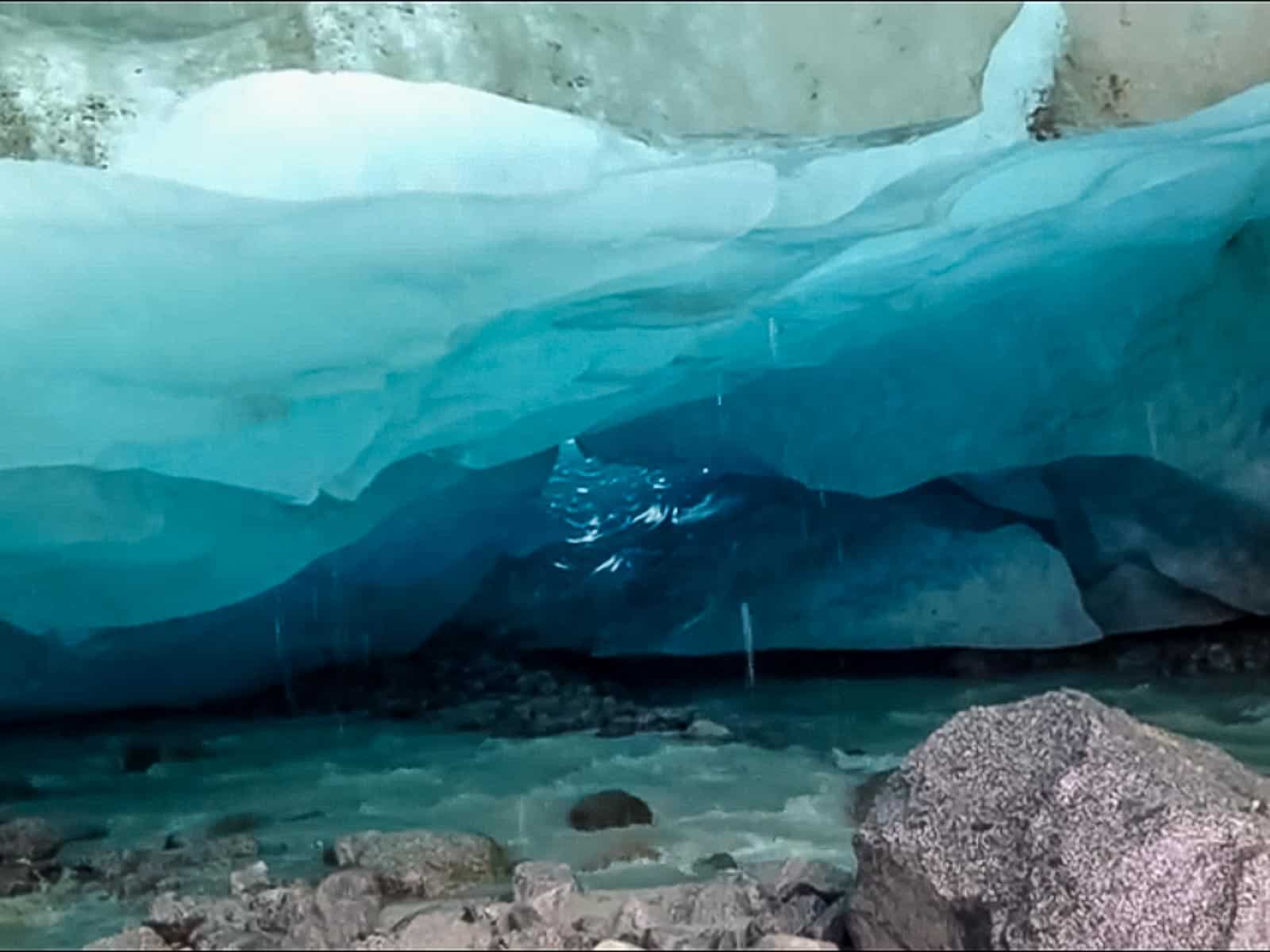
“Ok is the first Icelandic glacier to lose its status as a glacier. In the next 200 years, all our glaciers are likely to follow the same path. This monument is to acknowledge that we know what is happening and know what needs to be done. Only you know if we did it,” the monument plaque reads in English and Icelandic, reported by CNN. The New York Times published an opinion piece, written by the Icelandic Prime Minister Katrin Jakobsdottir, calling for urgent climate action.
Iceland is not the only one in danger
Iceland isn’t the only country to say goodbye to its glaciers. Almost half of the World Heritage Sites will lose their glaciers by 2100 if greenhouse gas emissions continue is this rate.
Currently, Iceland is aiming to go carbon neutral by the year 2040. Carbon neutral energy production was already possible. However, with the loss of more and more glaciers, achieving a clean energy system becomes a threat, since a big part of it is produced in the glacial rivers.
Potential impacts caused by ice melt
CNN summarized the global impacts of global ice melt:
- Two billion people will have to move due to sea level rise by 2100
- Islands like the Maldives and the Marshall Islands could completely disappear due to rising water levels
- The glacier melts in the Andes or Himalayas will threaten millions of peoples’ drinking water sources
- Flooding associated with sea level rise could impact agriculture and therefore the global food supply
- Coastal flooding could also overflow sewage treatment plants, leading to the spread of diseases
- Rising sea levelscould also threaten maritime industries of the world’s most important ports
- Melting ice sheets lead to the exacerbation of global warming, since open water simply absorbs the solar radiation that is otherwise reflected by ice


